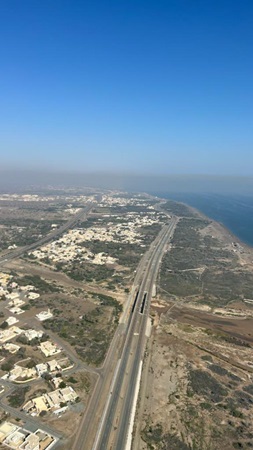It has been seven years since Venturi claimed the world speed record in the electric category, reaching an astonishing 549 km/h. The Monégasque manufacturer of high-performance electric vehicles, now engaged in lunar mobility, takes this opportunity to reflect on its remarkable journey.
On September 19, 2016, a historic day dawned at the Bonneville Salt Flats in Utah, USA. Under the watchful eyes of FIA (Fédération Internationale de l’Automobile) officials, Venturi’s teams, in collaboration with Ohio State University, were gearing up for a groundbreaking moment. Once again, they were about to shatter a world speed record by reaching 549 km/h on that day. Seven years ago, on the same terrain, an extraordinary odyssey began with the first iteration of their streamliner. From 2009 to 2016, and always on that same track, various versions of the “VBB” (Venturi Buckeye Bullet) consistently outperformed their own records.
In 2008, Venturi’s President, Gildo Pastor, met with officials from Ohio State University’s mechanical engineering department with the aim of supporting the education of future engineers. Since acquiring Venturi in 2000, relocating it to Monaco, and entering the nearly non-existent market of electric vehicles, he was determined to demonstrate the efficiency of electric motors. During the meeting at OSU, Gildo Pastor made a bold decision: he proposed collaborating with the university to design a “four-wheeled rocket” with the goal of revolutionizing the global automotive industry.
In 2009, the project became a reality with the first vehicle in the series, the VBB-2. Its uniqueness lay in the fact that the electricity required to reach a speed of 487 km/h that year came from a hydrogen fuel cell power source.
From 2010 to 2016, the streamliner continued to evolve. It eventually ran exclusively on batteries and, version after version, achieved an incredible speed of 549 km/h in its final year. The driver of all VBB versions remained unchanged throughout the program; it was the American Roger Schroer, a member of the “300 mph Club,” which comprises the 60 drivers worldwide who have surpassed the 483 km/h mark.
In the autumn of 2023, to celebrate the seventh anniversary of the most recent record, Gildo Pastor is displaying at Venturi (7, rue du Gabian – Monaco, Fontvieille district) the very first electric vehicle designed for speed records: the “Jamais Contente.” Conceived, manufactured, and driven by the Belgian Camille Jenatzy, this four-wheeled torpedo was the first electric vehicle in history to exceed 100 km/h. On April 20, 1899, in Achères, France, Jenatzy propelled his formidable machine from 0 to 105.882 km/h in just 34 seconds, establishing a world record, regardless of propulsion method (electric, steam, or gasoline). Following the exhibition, the vehicle will be returned to the National Car Museum at the Château de Compiègne in France.
“With this record program, I have built a bridge between two generations. On one hand, I paid tribute to the very first person who advocated for the development of electric propulsion, Camille Jenatzy, and on the other hand, I supported those who are his spiritual successors, the students of Ohio State University, young individuals who represent the future of the automotive industry.” – Gildo Pastor, President of Venturi
Now that Venturi’s focus is on lunar mobility, will the brand ever attempt speed records on Earth again? Only time will tell, but as the saying goes, “never say never…























